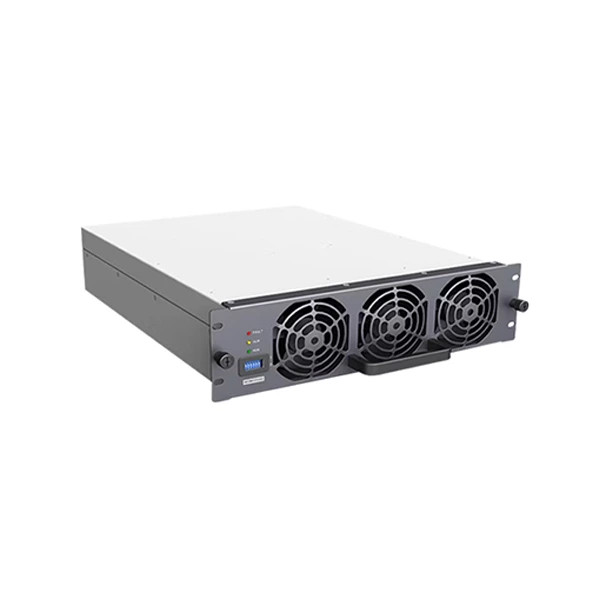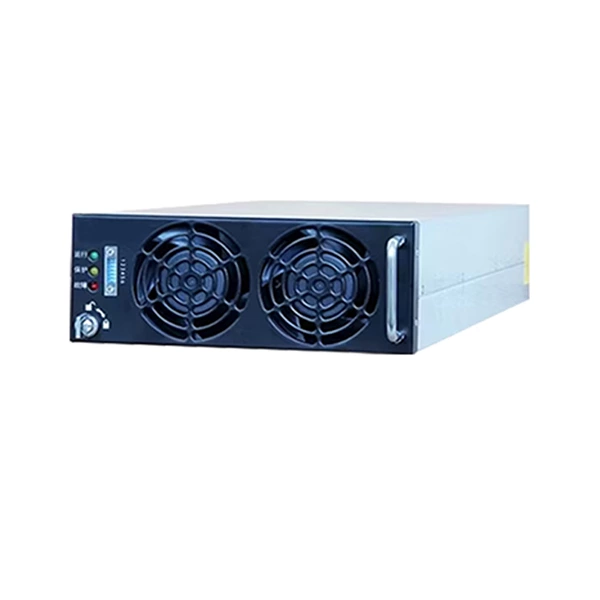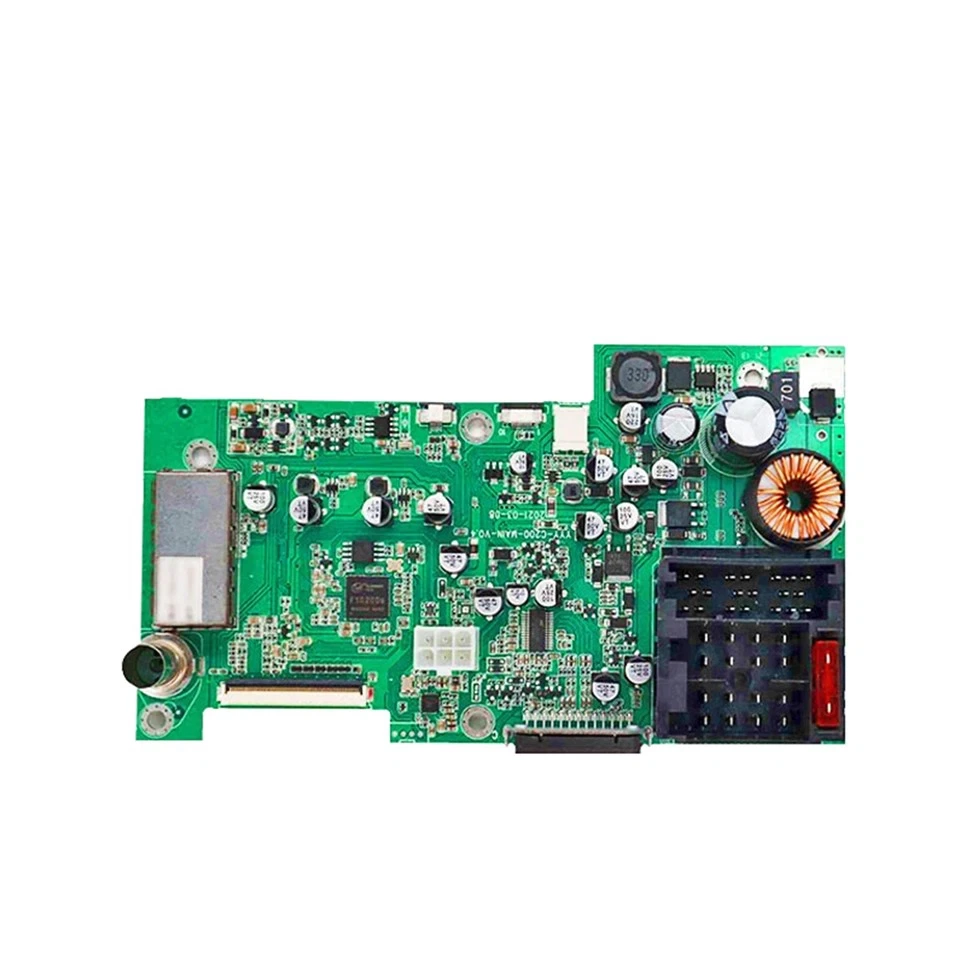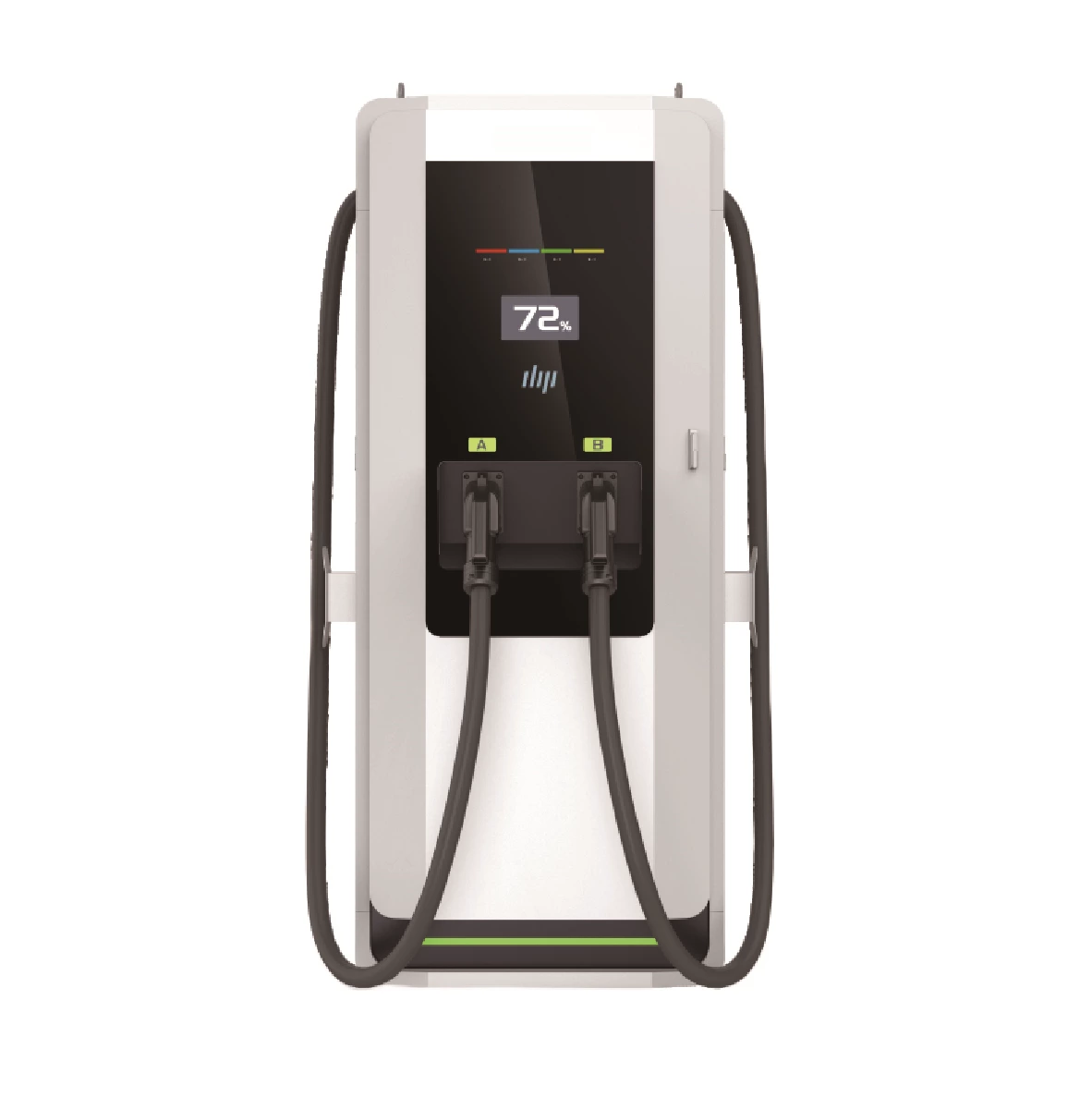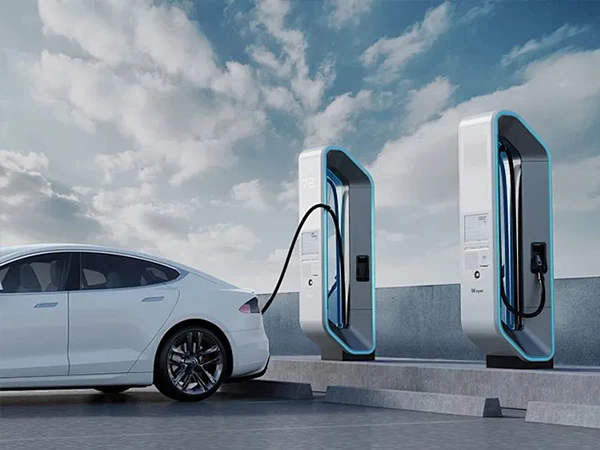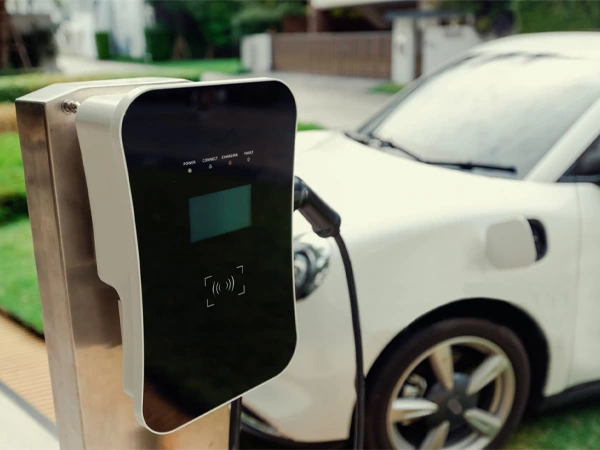Plug & Charge Technology Analysis: The "Seamless Payment" Revolution Reshaping EV Charging Experience
When a Tesla owner inserts the charging gun, the charger automatically recognizes the vehicle, initiates charging, and completes payment—all powered by Plug & Charge technology. According to CharIN Alliance data, global coverage of chargers supporting this technology reached 23% in 2023 and is projected to exceed 60% by 2025. This article provides an in-depth analysis of this transformative technology, unveiling the scientific logic behind "frictionless payment."
I. Technical Principles: From Physical Connection to Digital Trust
1. Communication Protocol Architecture
Core Standard: ISO 15118-2/20 (International Standard for Vehicle-to-Grid Communication)
Key Workflow:
| Step | Operation | Time |
| 1 | Insert charging gun, trigger physical connection signal | 0.1 s |
| 2 | Establish secure channel via TLS encrypted handshake | 0.3 s |
| 3 | Two-way digital certificate authentication (Vehicle ↔ Charger) | 0.5 s |
| 4 | Charging parameter negotiation (voltage/current/pricing) | 0.2 s |
| 5 | Automatically start charging and upload data to the cloud | 0.1 s |
2. Security Mechanisms
- Identity Authentication: X.509 digital certificate chain (OEM → Charger Manufacturer → Third-party CA)
- Anti-Replay Attacks: Encrypted timestamp + random number combination for each communication
- Privacy Protection: Encrypted transmission of sensitive data (e.g., vehicle VIN)

II. Technical Advantages: Efficiency and Cost Optimization
1. Enhanced User Experience
Process Comparison:
| Traditional Flow | Plug & Charge Flow |
| Insert gun → Scan QR code → Log in → Select plan → Start | Plug-and-charge |
| Avg. time: 2 min 17 sec | Avg. time: 1.2 sec |
72% reduction in failures caused by human operational errors.
2. Business Value Breakthrough
Closed-Loop Payment: Supports cross-platform auto-settlement (credit cards/tokens/blockchain).
Value-Added Services:
- Schedule OTA updates during charging.
- Recommend optimal charging times based on historical data (15%-30% cost savings).
III. Industry Applications and Challenges
1. OEM Deployment Progress
| Brand | Supported Models | Technical Solution |
| Tesla | Model 3/Y/S/X | Proprietary protocol + ISO 15118 compliance |
| Porsche | Taycan | Full-stack ISO 15118 standard |
2. Implementation Challenges
- Cross-Platform Interoperability: Certificate compatibility issues across CAs (68% resolution rate).
- Legacy Equipment Upgrades: Retrofitting pre-2018 chargers costs up to $420/unit.
- Regulatory Lag: EU mandates ISO 15118 for new chargers, while China remains in pilot stages.

IV. Future Evolution: From Automated Charging to Energy Internet
1. V2G Integration
- Bidirectional Communication: Vehicles upload grid load data while charging.
- Dynamic Pricing: Auto-select charge/discharge strategies based on real-time electricity rates.
2. Blockchain Integration
- Decentralized Settlement: Smart contracts enable direct OEM-charger-user transactions.
- Carbon Footprint Tracking: On-chain verification of energy sources and emissions per kWh.
V. Technical Selection Guide
1. OEM Solutions
- Self-Built CA System: For automakers with annual sales >200k units (e.g., Tesla).
- Third-Party Services: Use commercial PKI platforms like TECOO V2X Trust to reduce upfront costs.
2. Charging Operator Deployment
Hardware Requirements:
- CCS/ChaoJi protocol-compatible communication controllers.
- Charger processors with ≥256MB memory.
Software Architecture:
- OCPP 2.0.1 or higher.
- Middleware supporting ISO 15118-20.
Plug & Charge is not just a simplification of charging workflows—it is the cornerstone of vehicle-charger-grid collaboration.
